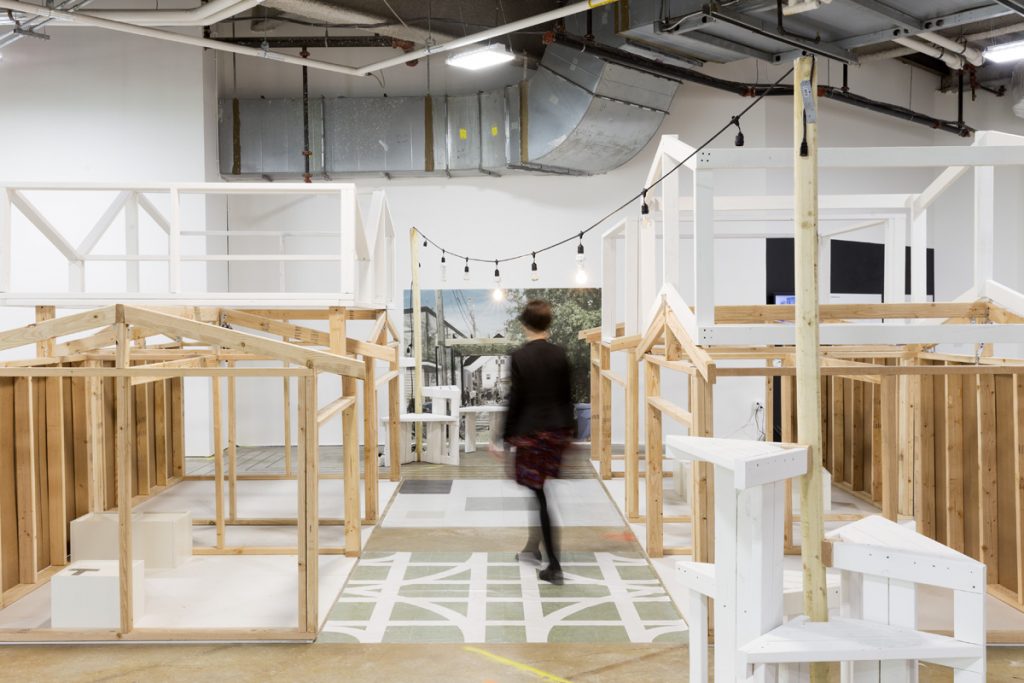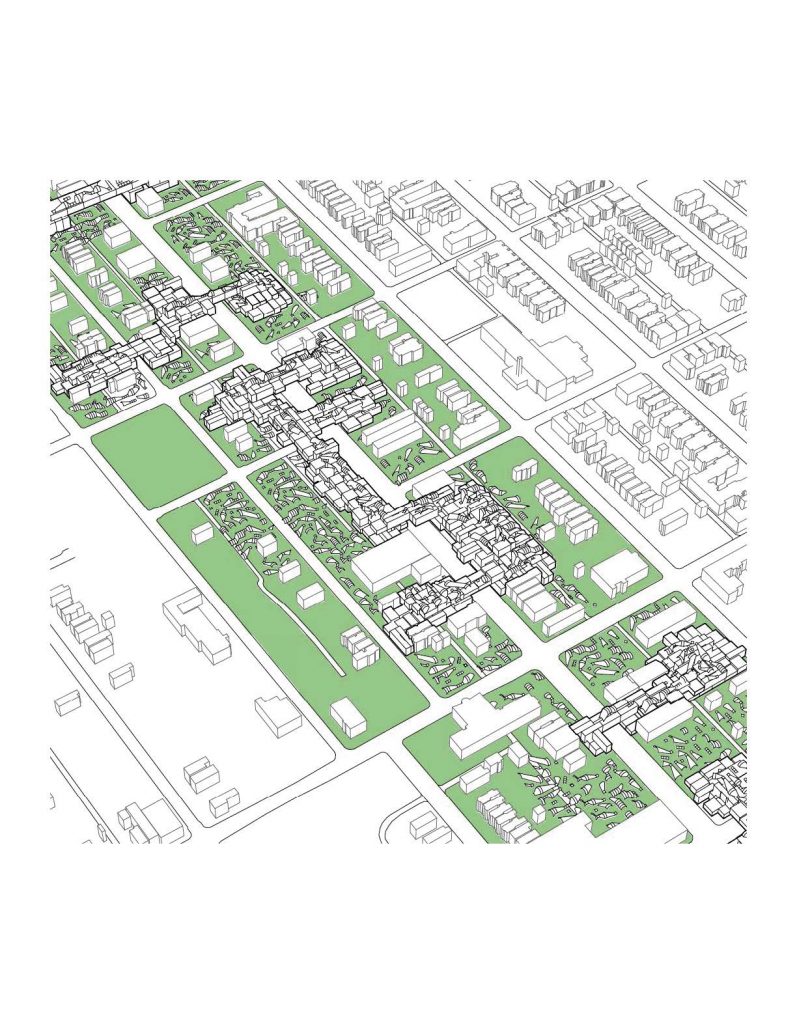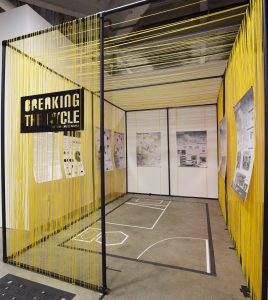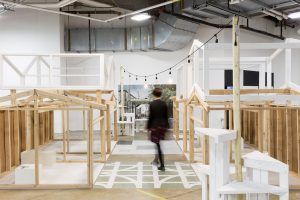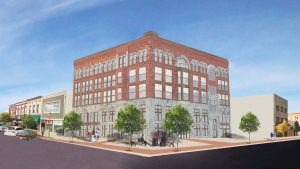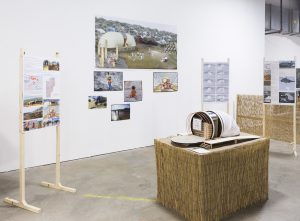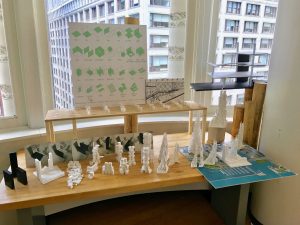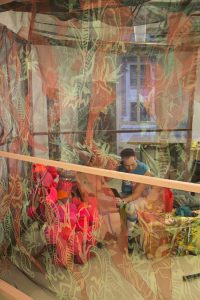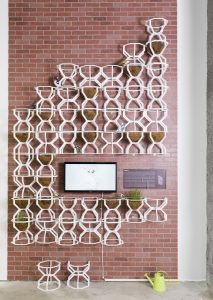While streets and sidewalks make up 80% of public space in most cities, alleys are often ignored and underutilized. Originally used for delivery, horse stables, and storage. Many alleys no longer serve these functions and are underutilized. Although overlooked, many people network alleys as circulation through dense urban areas. Today, new social concepts within the network of alleys can attract public interaction using the mediums of light, sound, furniture, art and pop-up structures. Alleys offer endless possibility for new types of public space. With the implementation of new forms of collective space, people can start to reimagine Logan Square’s alleys as an informal parallel to the street out front.
Alleys have evolved with time but the social concepts of the alley have not. As Dan Weese says, “Alleys used to be an important social gathering place — an informal parallel to the street out front.” In the past alleys served an important function of sectioning city blocks so lots can be bought and sold. Today, the alley is a place for raw utility; electric, cable, and power lines navigate through alleys using large power poles to avoid conflicting with the streets. The alley has become the location for the ugly parts of our infrastructure (Trash and Power poles). Power poles act as nodes and markers that support our utilities. These nodes can act as something more than a marker for utility but can also serve as a marker for social concepts within the alley. Designing light, sound, furniture, and pop-up struc- tures around power poles can begin to start a network of social gatherings throughout our alleys. Power poles will begin to tell a differ- ent story than functioning as raw utility.
The finishes within in an alley will start to inform the type of program or social gathering that might occur. Right now, alleys are finished with concrete and are not eco-friendly to our city. By introducing new materials and finishes to alleys they will maintain water manage- ment efficiently and create a more diverse ecological green habitat to create a better infrastructure for our city.
An alley by the city of Chicago’s code is required to be anywhere from 16’-24’ wide. The public space of the alley breaks wherever the width of the alley ends. The idea of public property and private property within an alley is incredibly sensitive. With the introduction of social concepts and new material finishes within the alley the sensitivity of public and private space can begin to merge.



